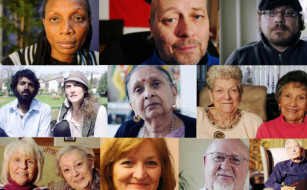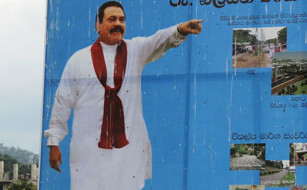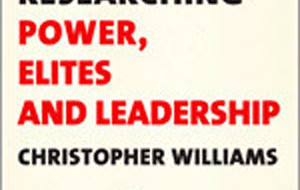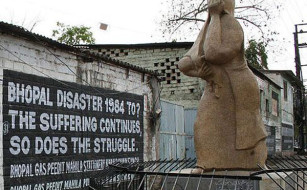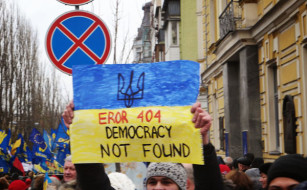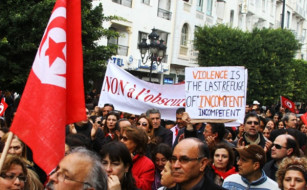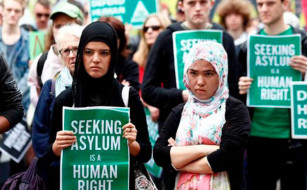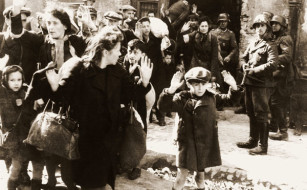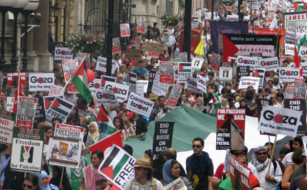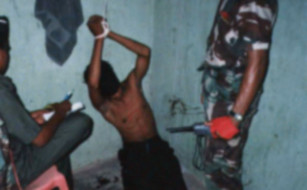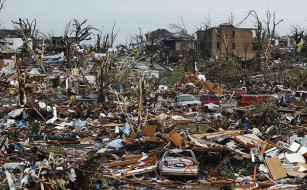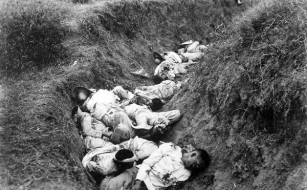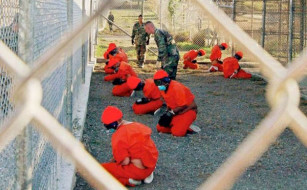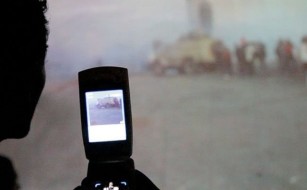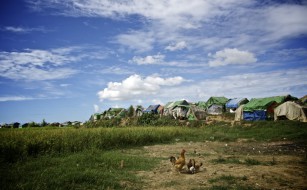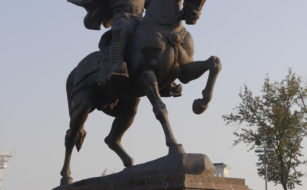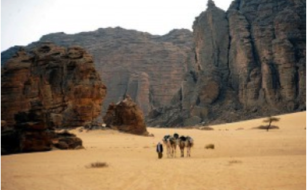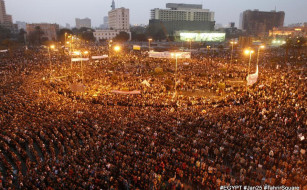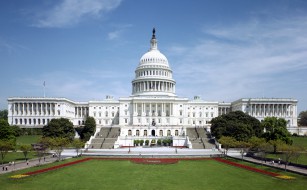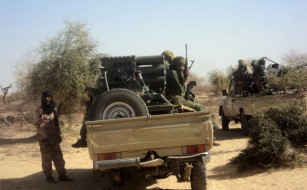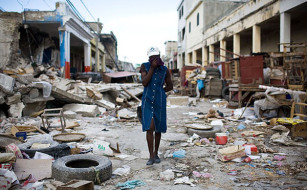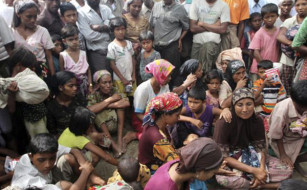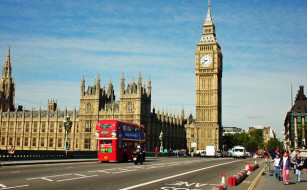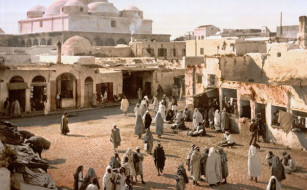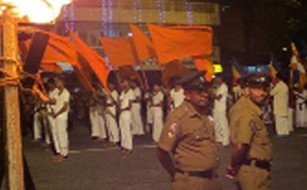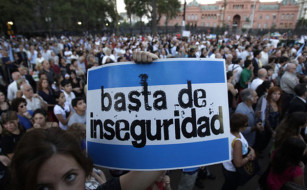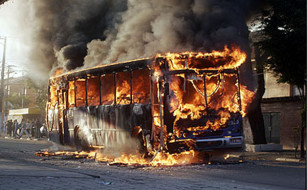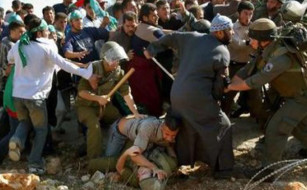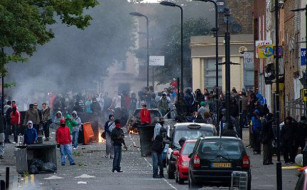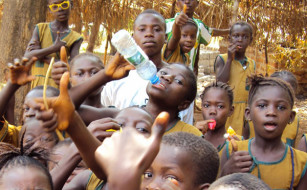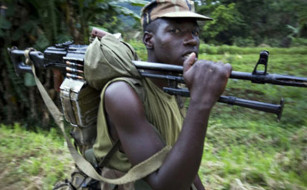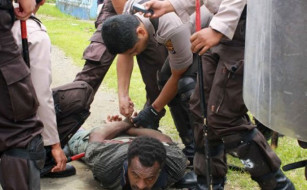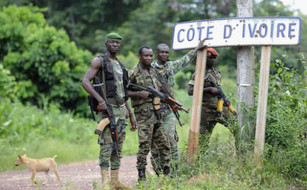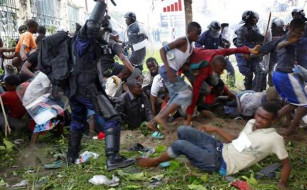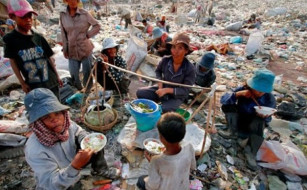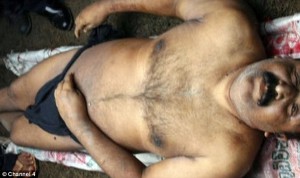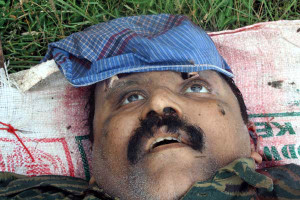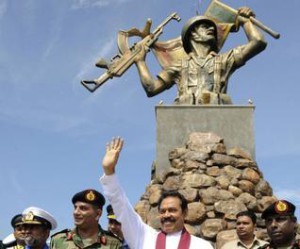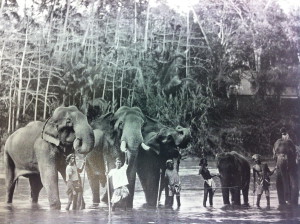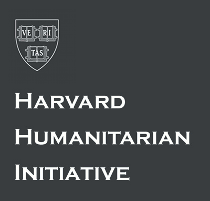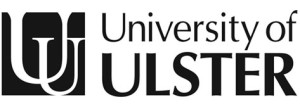The Photography of Defeat: the Case of the Tamil Tigers
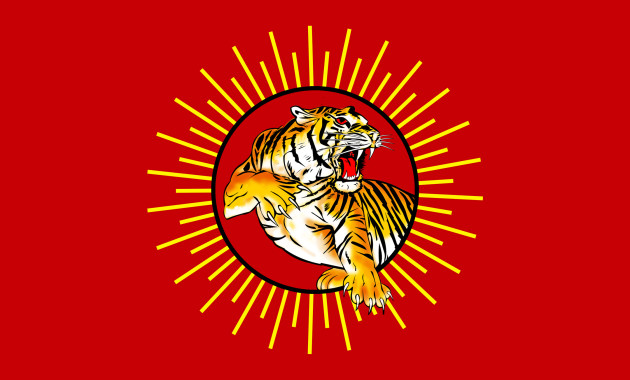
Conflict in Sri Lanka has (for some decades now) turned on the subjugation of the Tamil minority by the Sinhalese majority and Sinhalese-dominated government. The repression of Tamils has not simply taken the form of physical violence. Tamil culture and language have also been subject to aggression.
This article discusses the Sinhalese government’s use of photography to disseminate what it conceived to be a valiant defeat of an insurrectionary – namely, the Liberation Tigers of Tamil Eelam’s charismatic leader, Vellupillai Prabhakaran.
Susan Sontag has written that photography achieves a communicative universality that makes it, ultimately, more knowable and therefore more immediately persuasive than other forms of communication:
In contrast to a written account – which, depending on its complexity of thought, reference, and vocabulary, is pitched at a larger or smaller readership – a photograph has only one language and is destined potentially for all [1].
The Sinhalese government released photographs of Prabhakaran – the figurehead and “supreme leader” of the LTTE, a separatist terrorist organisation in Northern Sri Lanka – a matter of hours after he was murdered.
In May 2009, Sri Lankan state forces had followed LTTE leaders across the northern provinces of Sri Lanka. Devastated civilian populations were effectively used as human shields by the LTTE as they fled the advancing army. The Sri Lankan Ministry of Defense announced that Prabhakaran had been found by state troops by the Nanthikadal lagoon in the Vanni region of the Northern province.
The photographs of a slain Prabhakaran, amid photographs of several other killed LTTE leaders, reached every population implicated in the conflict in a way that news footage, hamstrung by language barriers, could not.
The death of Prabhakaran, and the heady symbolism of the photographic evidence, would signal the ultimate defeat of the LTTE cause.
In the immediate aftermath of the LTTE’s defeat, President Mahinda Rajapaksa’s regime destroyed or denigrated all physical remnants of the power of the LTTE, including monuments and graveyards, it could identify. Monuments promoting Sinhala-Buddhist iconography – the value system of the government and the majority population – were quickly constructed across the country. In this way, the recent defeat of the LTTE was inscripted on the physical landscape.
Prabhakaran was revered amongst Tamil militants and both admired and feared by his opponents. As the LTTE’s leader, Prabhakaran provided one of the crucial elements of terrorism: he was capable of making miracles, of causing chaos and of creating fear far beyond the limited resources available to his organisation [2]. Under his leadership, and due to his ruthless tactics, the separatist struggle had continued for three decades. The bloodshed and devastation caused by the LTTE since the early 1980s have been extraordinary. By the time of his death, supporters of the LTTE had ensured Prabhakaran’s deification. He was considered the indestructible protector of the Tamil national cause: he made it known that he would die before agreeing to anything less than a separate state for the Tamil people.
What are the uses of photography in conflict situations, in which interested parties are eager to disseminate material supportive to their cause? Photography can be utilised as a plea for peace after an atrocity, as a clarion call for revenge, or to provide a “bemused awareness of horror” to an audience that has never experienced war [3].
To display the dead, as Sontag has written, has historically been “what the enemy does” – an act without integrity or humanity. When Prabakharan was finally killed, the Sri Lankan state media apparatus used the photograph to strip its mythologised enemy of the mystique he had acquired over the many years of conflict.
In the photographs, Prabakharan is slack-jawed and wide-eyed, staring upwards towards the traditional Sri Lankan cloth that barely conceals the head wound that presumably killed him. Congealed blood has settled in his visible ear and stained the collar of his military fatigues.
In the most obvious sense, the photographs served the purpose of evidence. The Sri Lankan government foresaw the conspiracy theories that immediately began to circulate online, which would claim that Prabakharan had escaped and was already planning the revival of the LTTE. But the photograph’s secondary purpose was to degrade the persona of Prabakharan as an invincible foe. The photographs show a stunned and somewhat beseeching face – a far cry from the expression of indomitability that had previously been attributed to Prabakharan. He is now shown to be a conquered opponent, inevitably defeated by Sinhala supremacy.
Previous images of Prabakharan released into the public domain were carefully controlled by the reclusive leader. He avoided being photographed and the only photographs of him that were licensed for release showed him standing solemnly in military fatigues.
Another photograph released by the government shows Prabakharan stripped almost naked and smeared with mud. No explanation for this act has been given. One can only presume that it was an act of domination, a humiliation designed to express the victory of state forces over an enemy. To our eyes the photographs serve as a powerful symbol of impunity.
Sri Lankan army sources stated that Prabhakaran’s remains would be buried in a mass grave, along with those of other LTTE cadres killed in the final phase of the war. The official position was that the “psychopathic leader of world’s most barbaric terrorist outfit” ought to be treated in death “like any other terrorist”. A mass burial would “prevent any sort of hero worship or memorial being built in the honour of Prabhakaran” [4]. (It has since been revealed, however, that he was cremated. The whereabouts of his ashes are unknown.)
In its disinformation about Prabhakaran’s final resting place, the Sri Lankan state ensured that memorialisation of the LTTE leader could not be performed at a particular site. The location of his cremated remains would inevitably have been treated as a place of remembrance and veneration [5].
Ultimately, the state objectives of counter-terrrorism and protection of the Sinhala-Buddhist motherland were furthered by the memorable freeze-frames of Prabakharan’s downfall. Coopted from its previous function as a symbol of Tamil resistance and separatism, Prabakharan’s image was finally incorporated by Sri Lanka’s ruthless state programme.
References
[1] Susan Sontag, Regarding the Pain of Others, Penguin Books, 2003, p.17.
[2] Zulaika & Douglas, Terror and Taboo, 1996, p.24.
[3] Sontag, p.11.
[4] Defence.lk, 19 May 2009; The Times of India, Prabhakaran to be buried in mass grave, 21 May 2009.
[5] Katharina Schramm, Introduction: Landscapes of Violence: Memory and Sacred Space, History and Memory, Volume 23, Number 1, Spring/Summer 2011, p.5-22.



